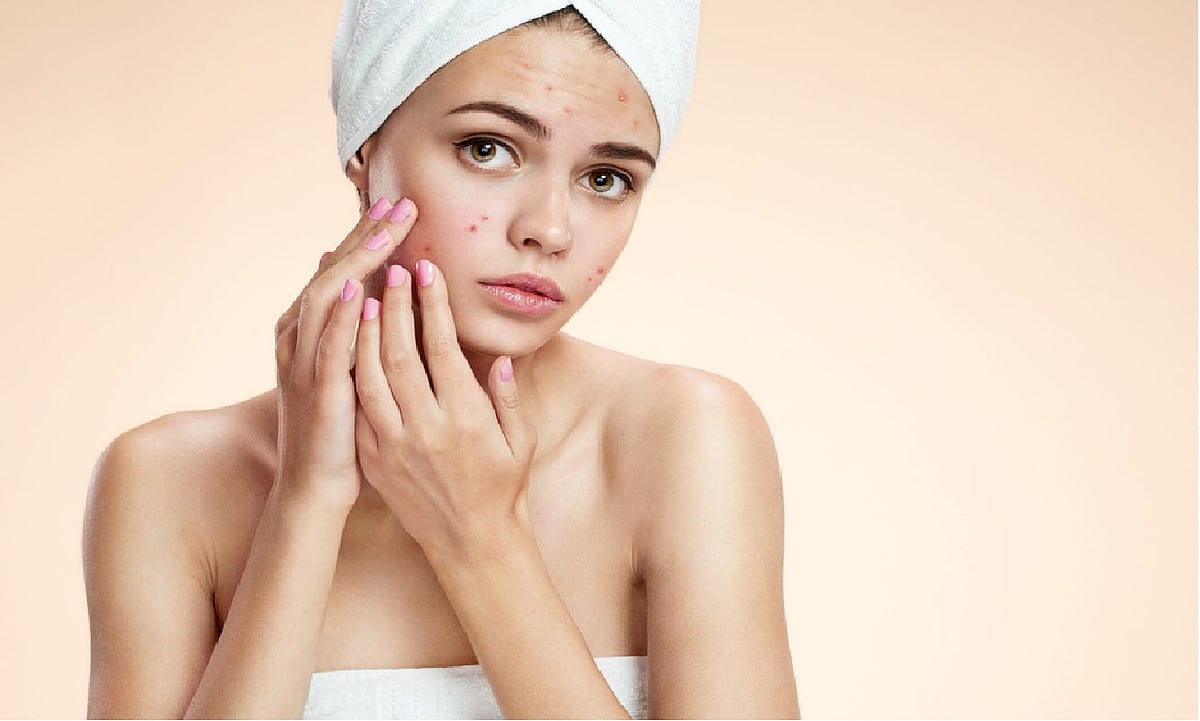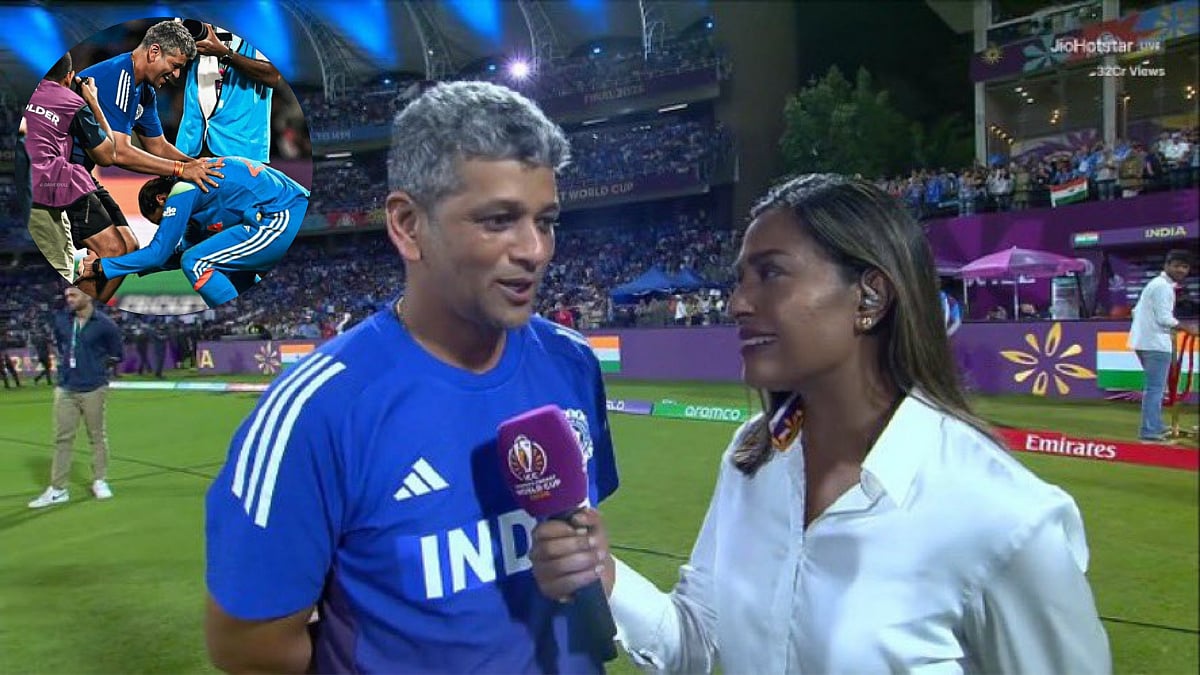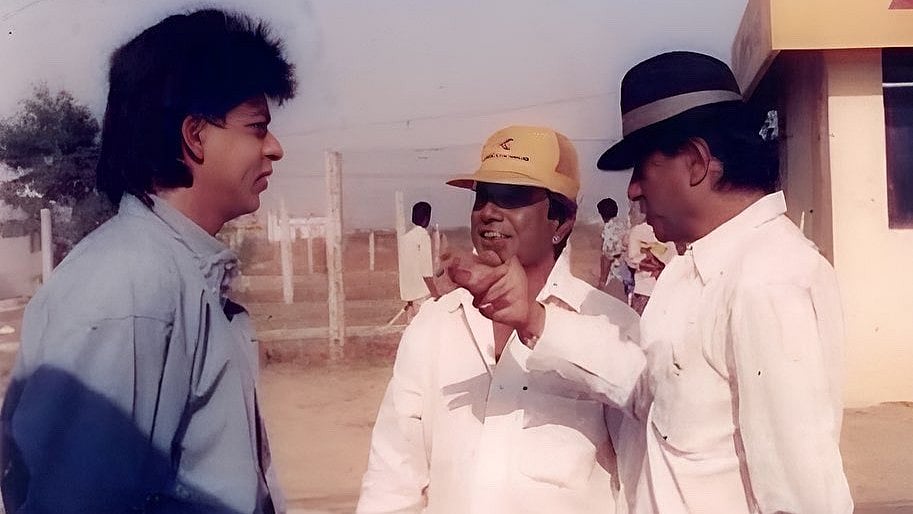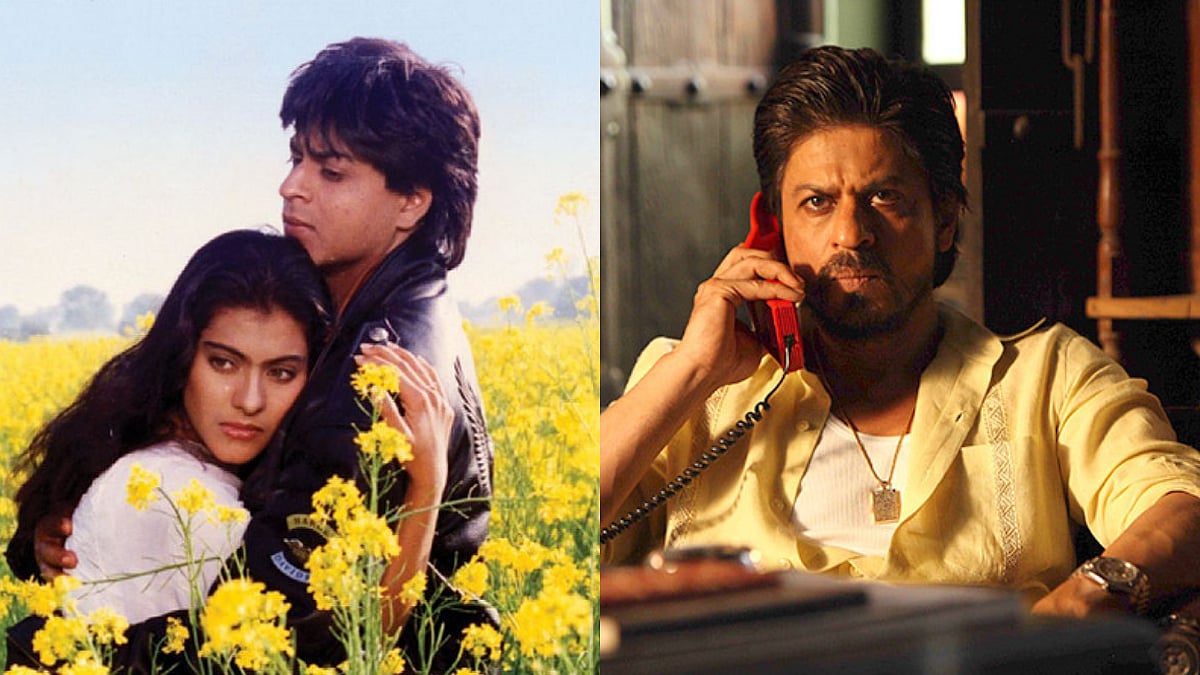Last week I told you about how stressful it has become for students to Study from Home. Stress can cause your body to react in a lot of unexpected ways, and believe it or not, it can even affect the health of your scalp and skin. You’ve probably heard about stress-related hair loss, but did you know there’s also a relationship between stress acne and dandruff? If you’ve noticed excess flakes or your face breaking out more than normal lately, then you must surely read this article.
When a person becomes stressed, the level of the body’s stress hormone (cortisol) rises. This in turn causes an increase in oil production, which can lead to oily skin, acne, and other related skin problems. Dandruff and acne both have different causes, but many people find that they experience them both at the same stage – during their teen years – or to be scientific – puberty phase. That’s because they both these ailments occur as hormonal changes and cause the body to produce more oil. In the case of dandruff, this oil – known as sebum – and it is broken down by a naturally occurring microbe, Malassezia globosa.
In around 50% of people, this results in dandruff because they’re sensitive to the oleic acid produced by this process. There is a common misconception that dandruff is caused by dry skin, but that's not the case. On the contrary this condition occurs in areas of the body that have many oil-producing glands, the scalp being the most common one. However, some people can get it in their eyebrows, chest, and even on the upper back. According to dermatologists, the most accepted theory regarding the occurrence of dandruff happens when excessive oil production leads to yeast overgrowth, which in turn can cause the scalp to become inflamed.
Acne on the other hand is caused when an increase in oil production combined with skin surface debris causes pores on the skin to become blocked. This can lead to bacteria that normally live on the skin infecting the plugged pores, leading to the symptoms we know as acne.
So, while dandruff and acne both have different causes, they are both triggered by oil production. Therefore many people first notice acne and dandruff at the same time- because both can be linked to hormonal changes that increase oil production, like those that happen during puberty.
But how do acne and dandruff relate to stress?
Stress does not cause dandruff or acne directly but serves as the agent provocateur. In an indirect way, stress can worsen or lead to the development of acne and dandruff. Stress can play a role in a number of these situations. Chronic stress can cause immune suppression and alterations to your micro home, making you more susceptible to bacterial or yeast overgrowth. It can also influence your hormonal balance, leading to increased production of oils on your scalp and face. So, while there are many causes of seborrheic dermatitis or acne vulgaris, understanding that stress could play a role in the aggravation of the symptoms is important.
How does one know if acne or dandruff they have is stress related?
An easy way to tell if stress plays a role in your acne and dandruff is to think about when it's happening. If the two appear to worsen when you're more stressed out, how small or how large the flakes or spots are, and if you touch or play with your hair or try to touch the breakout area often when you’re stressed. This will help you better address the underlying issue from the inside out. For stress, possible solutions might include upping your physical activity or tuning out social media.
To remove any visible dandruff flakes or clear the break out area for the time being, you can always consider switching to an anti-dandruff shampoo and OTC anti-acne creams until you can get your stress levels to a healthier place. But do note these are short term remedies in nature and need a more holistic approach for a long-term solution.
Research has found that wounds, including acne, are much slower in healing when a person is under stress. Slower healing of acne means that the pimples stay longer and are more susceptible to increasing in severity. It can also mean that more acne is visible at one time because it takes longer for each pimple to heal during a breakout.
Types of acne
There are several types of acne that range from mild to severe. The mild types include blackheads and whiteheads and are considered mild inflammatory acne.
• Some acne are red & some have become pustules • Mild itching in the acne • Mild tenderness in the acne • Flushed & greasy face • symptoms - Red tongue with thin yellow coating • Slippery & rapid pulse
Treatment Lu 5, Li 4, 11, GV 14, UB 13, 54 (L & R) ↓, all
Some acnes are inflammed & tenden • Some acnes are pustured • ymptoms-Anorexia • Constipation, • Dark urine • Red tongue with yellow greasy coating • Rapid & slippery pulse Treatment : Li 4, 11, St 36, 44, Sp 6, 10 (L & R) ↓ all
Moderate to severe inflammatory acne includes pink pimples that are relatively small and sore. It has a mix of papules and pustules (bumps that have pus on top with a red base).
Acne is considered severe when there are nodules, cysts, or scarring. Cysts and nodules are large, painful, and deeper in the skin. • Repeated erruption of acne resistant to treatment • Acnes have become abscesses, cysts and scars Treatment : UB 20, St 36, Sp 6 (L & R) ↑ all , Li 4, St 40 (L & R) ↓ all
Paste byol magnets Yellow side facing tape at black dots or arrow facing ↓ and white side on white dots or arrow facing ↑. On back side of middle finger of hands, 7, 8 Vertical Meridian - Nos. 2, 3, 9 ↓ 1, 4, 0 ↑ as shown in figures.




Treatment of acne differs somewhat depending on the severity. (as given above). Mild acne, which is most common, may be treated by simple hygiene. Treatment for mild acne may include:
Washing gently with soap and water: Scrubbing your acne or using a harsh soap doesn’t help in the treatment of acne. In fact, it may make your acne worse.
Practicing relaxation and holistic healing techniques: If you’re under a lot of stress, using holistic healing and relaxation techniques may help speed up the healing of your acne.
By practicing Indra mudra in one hand and Apaan Vayu Mudra in other hand for about 45 minutes a day. It could be practiced at any time and in any position.
(From increasing metabolism to overcoming physical problems, Prof Luthria speaks about the art of self-healing through simple techniques. For more information on treatments and remedies, visit www.artofselfhealing.in)









